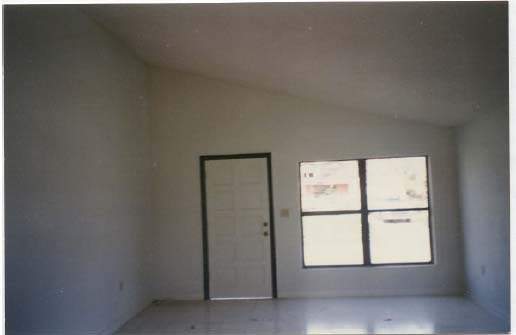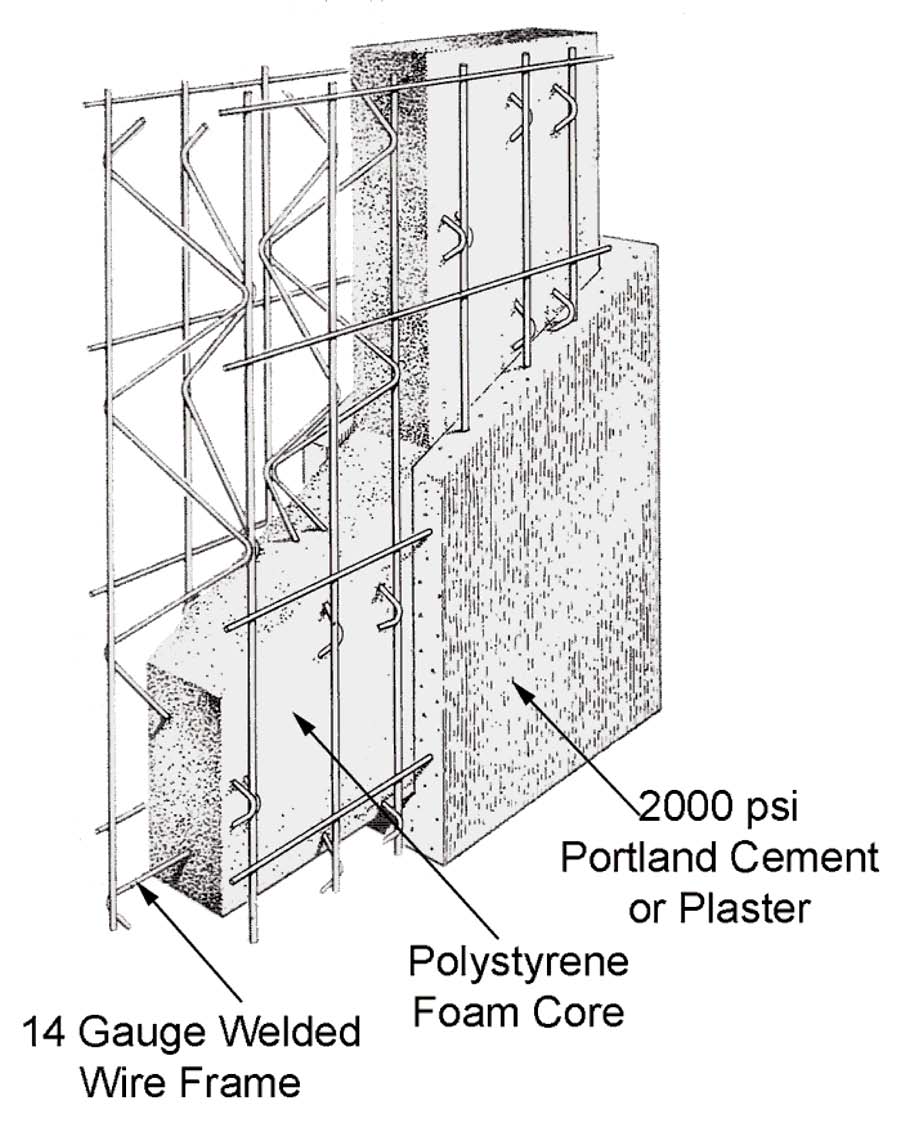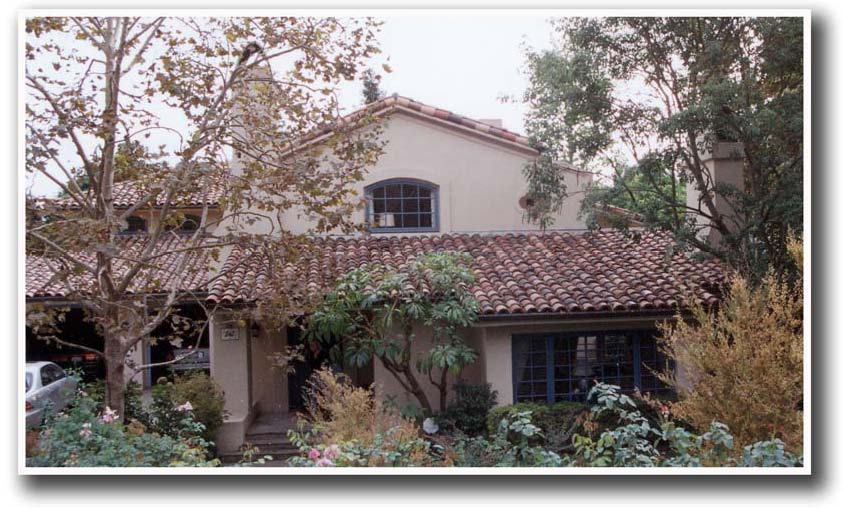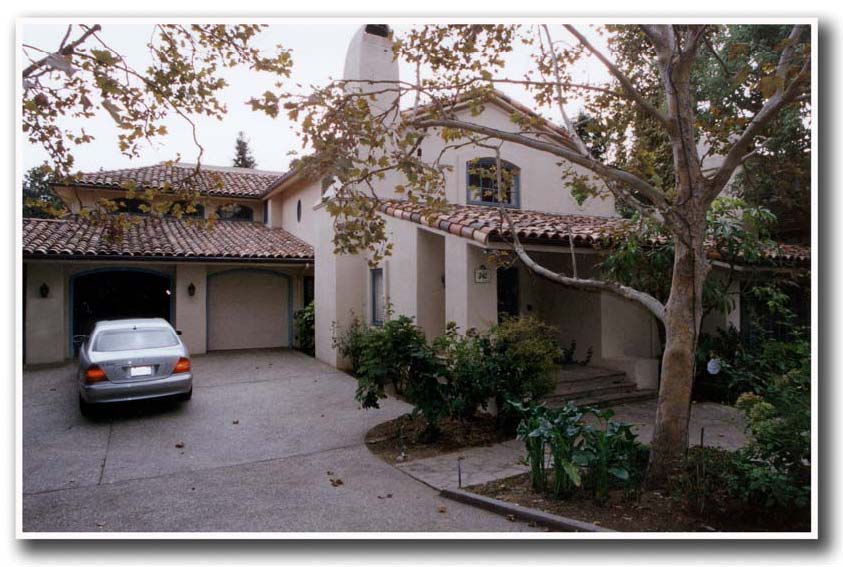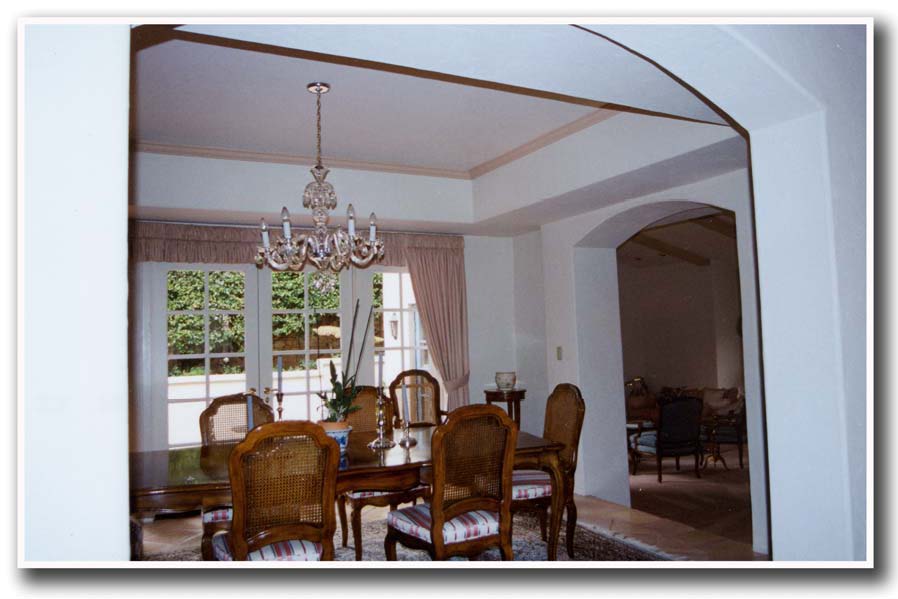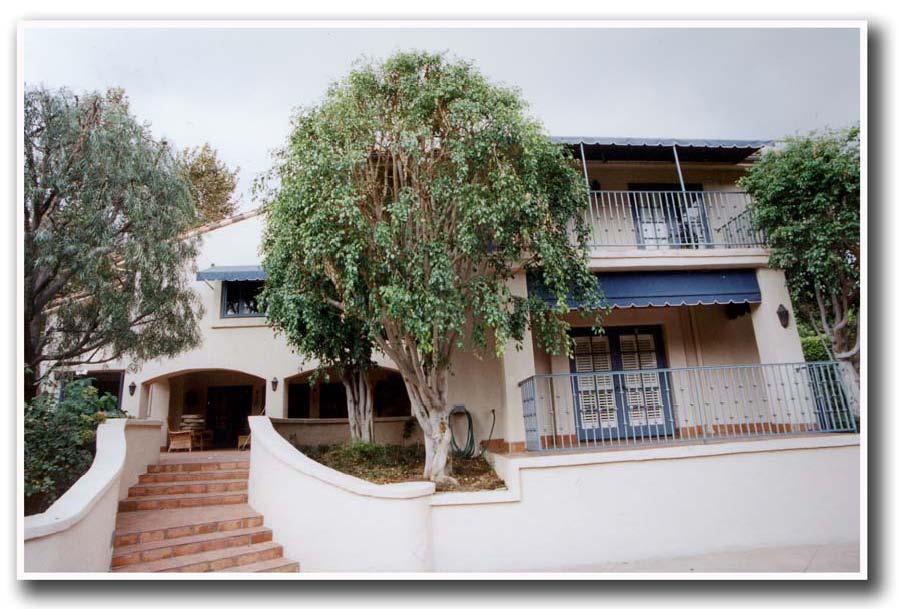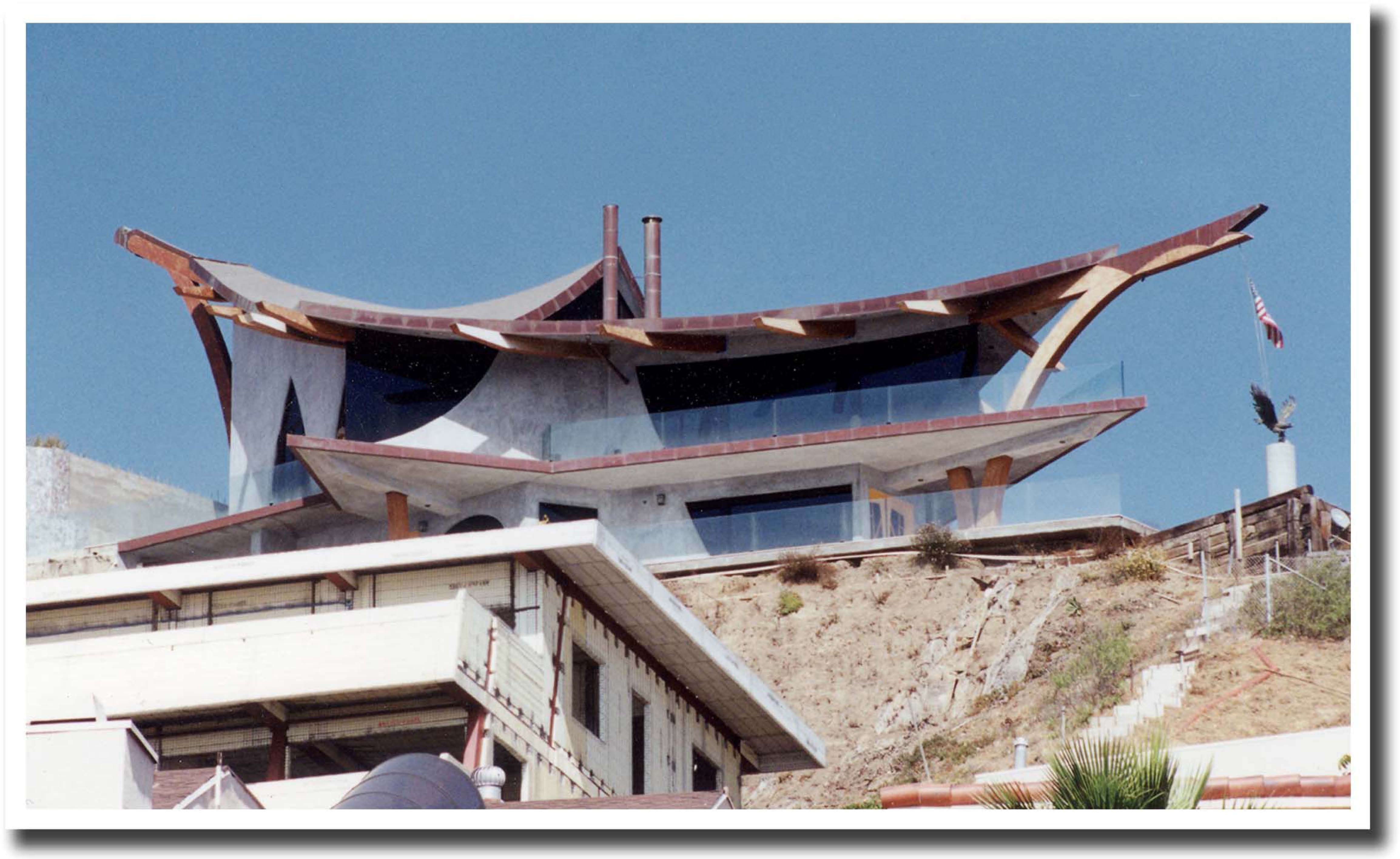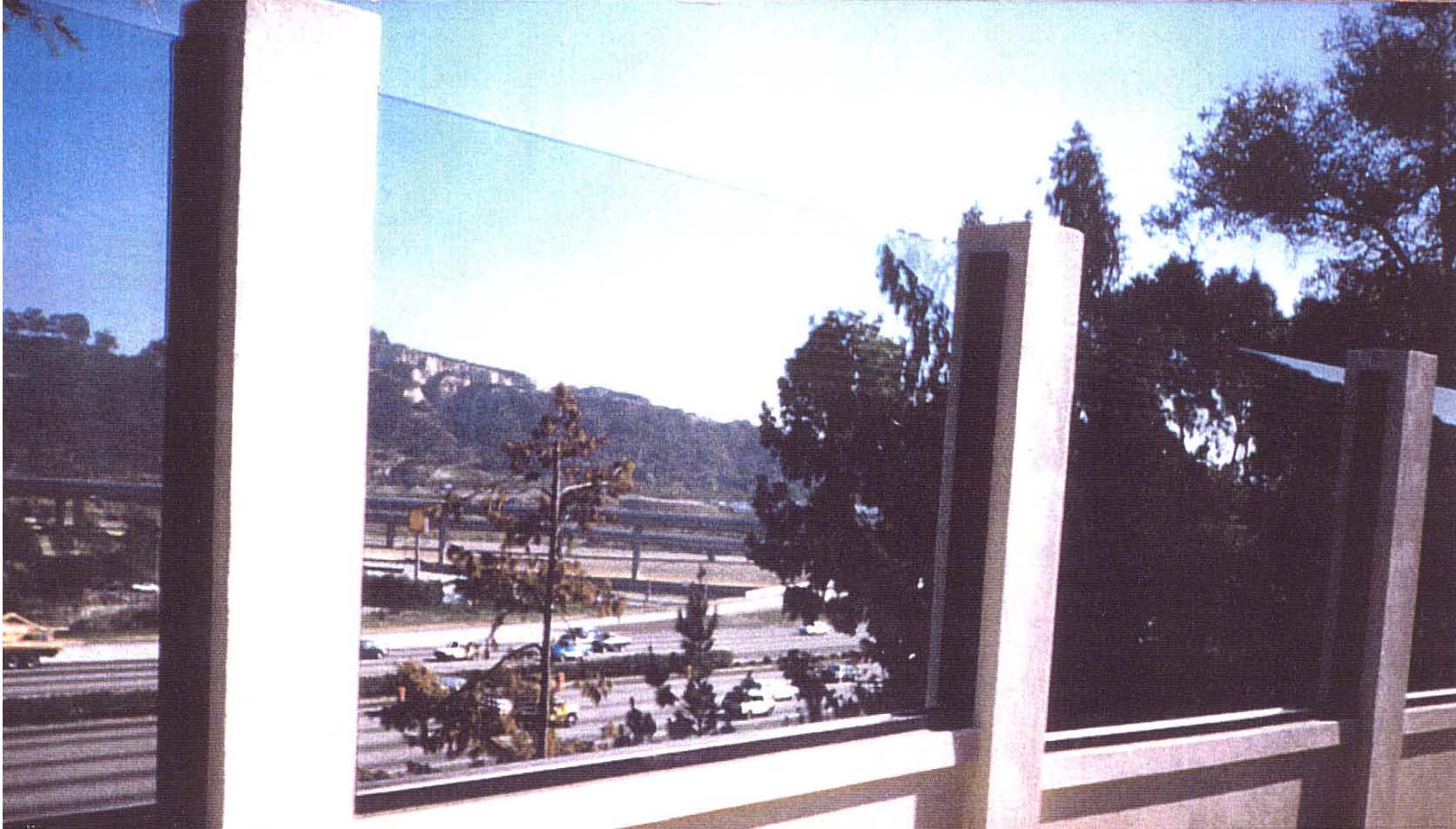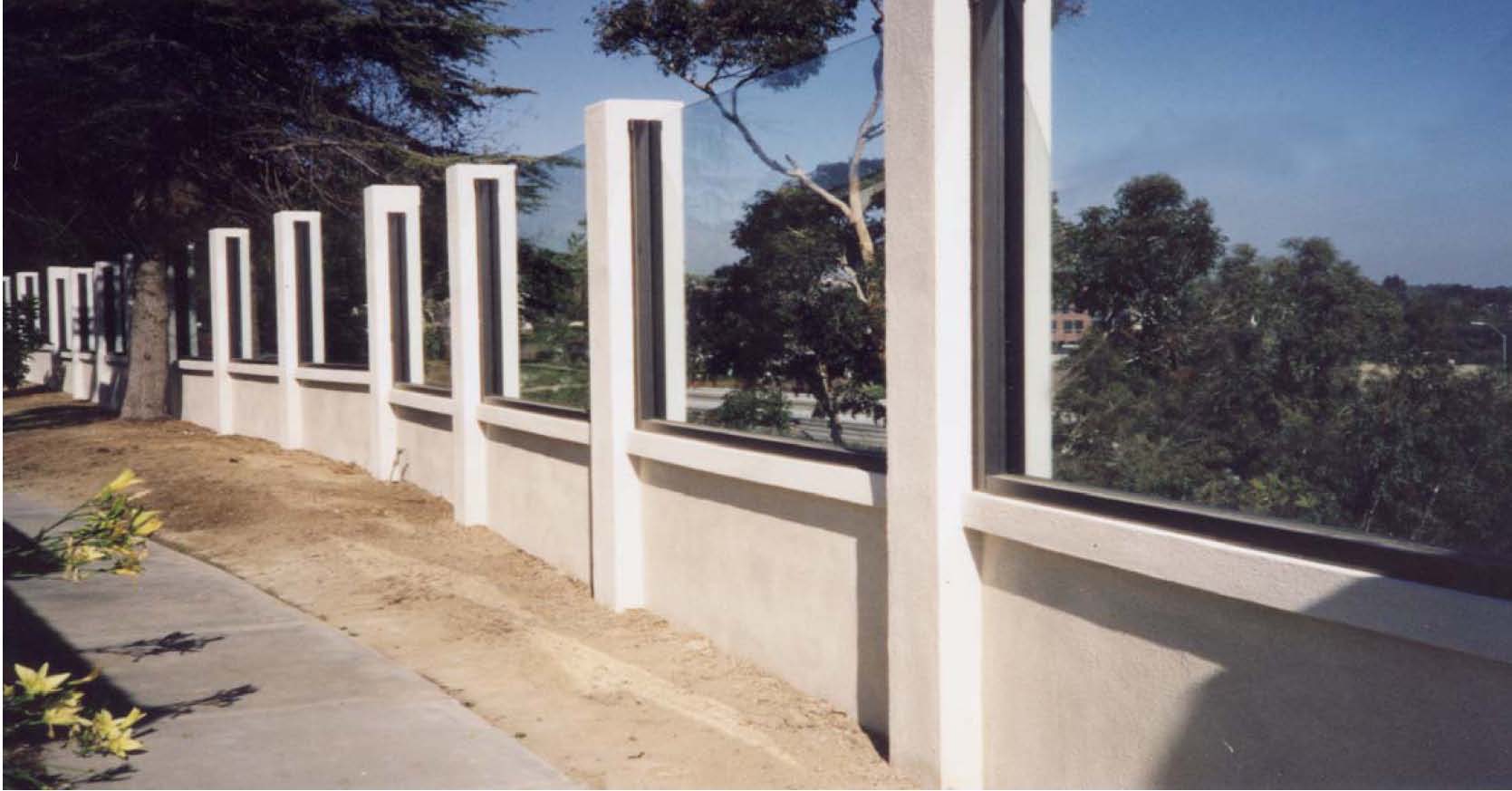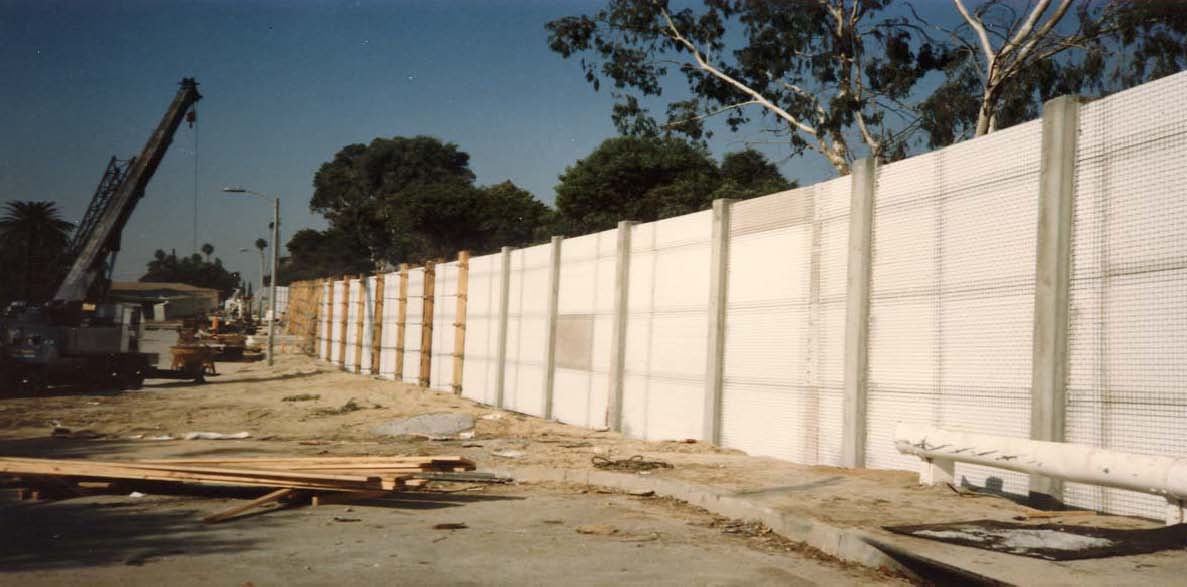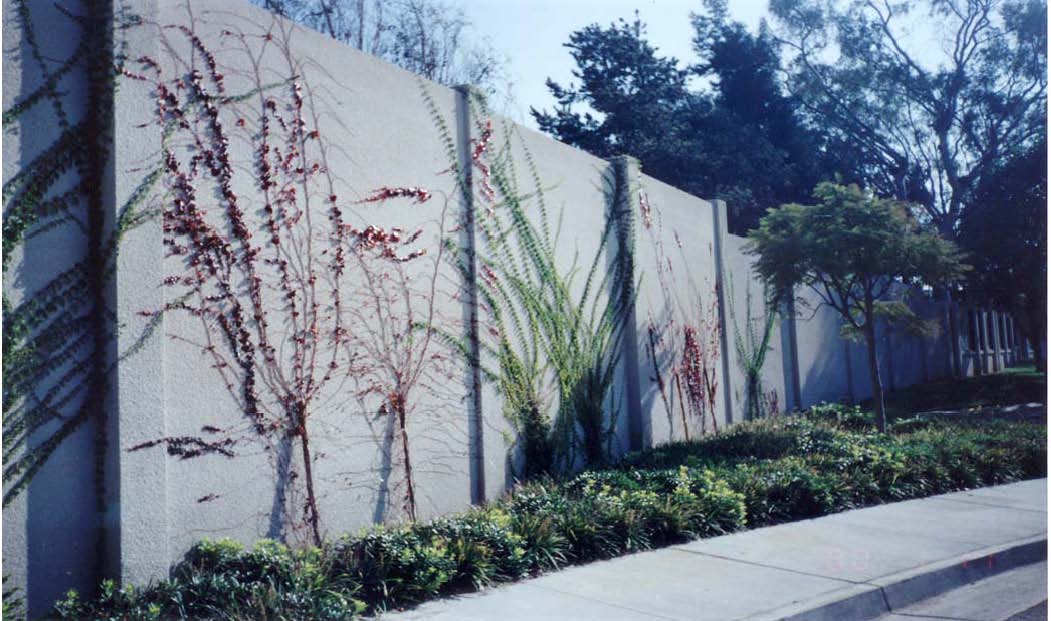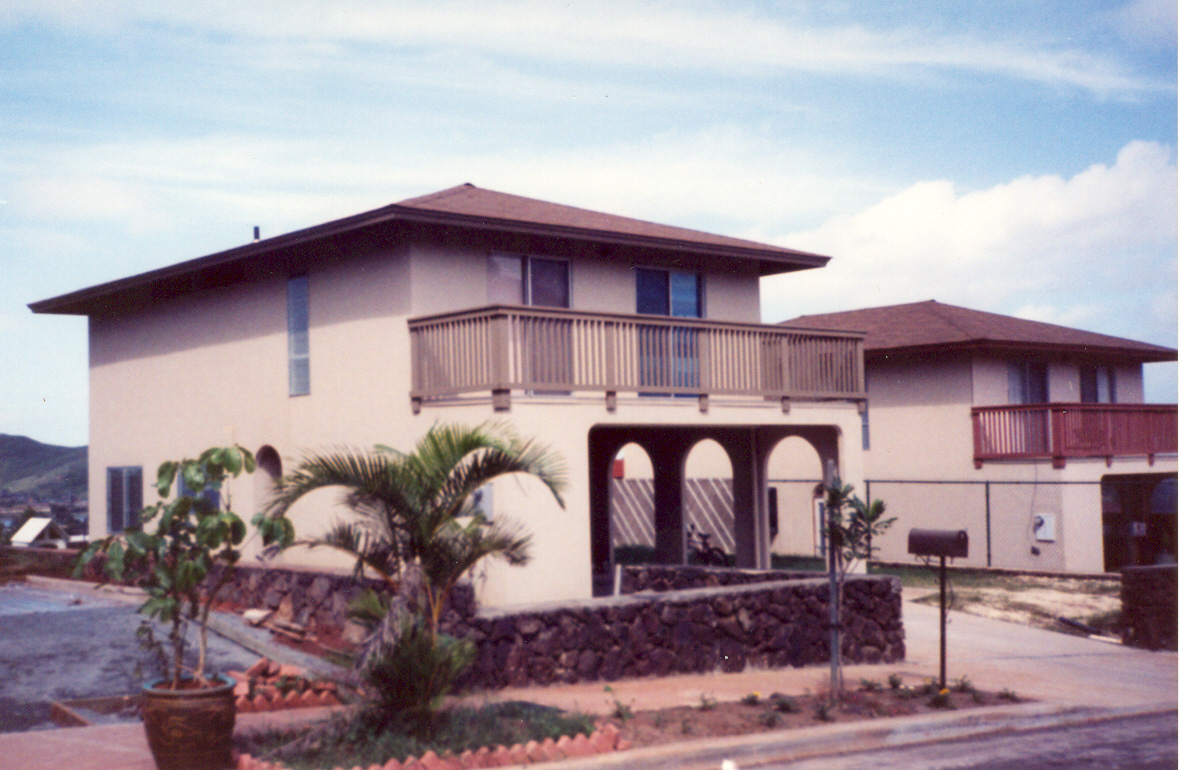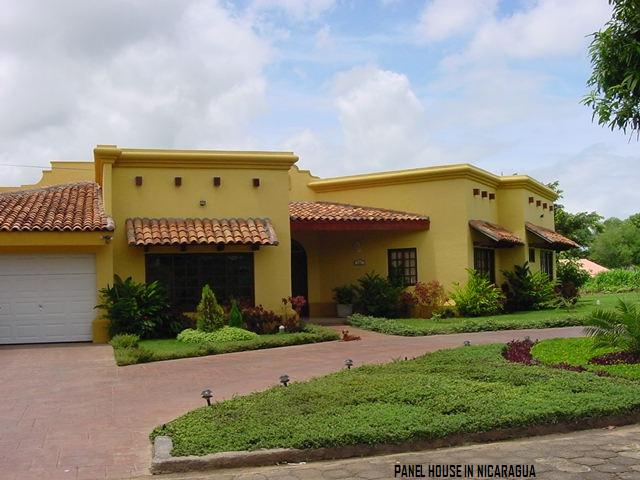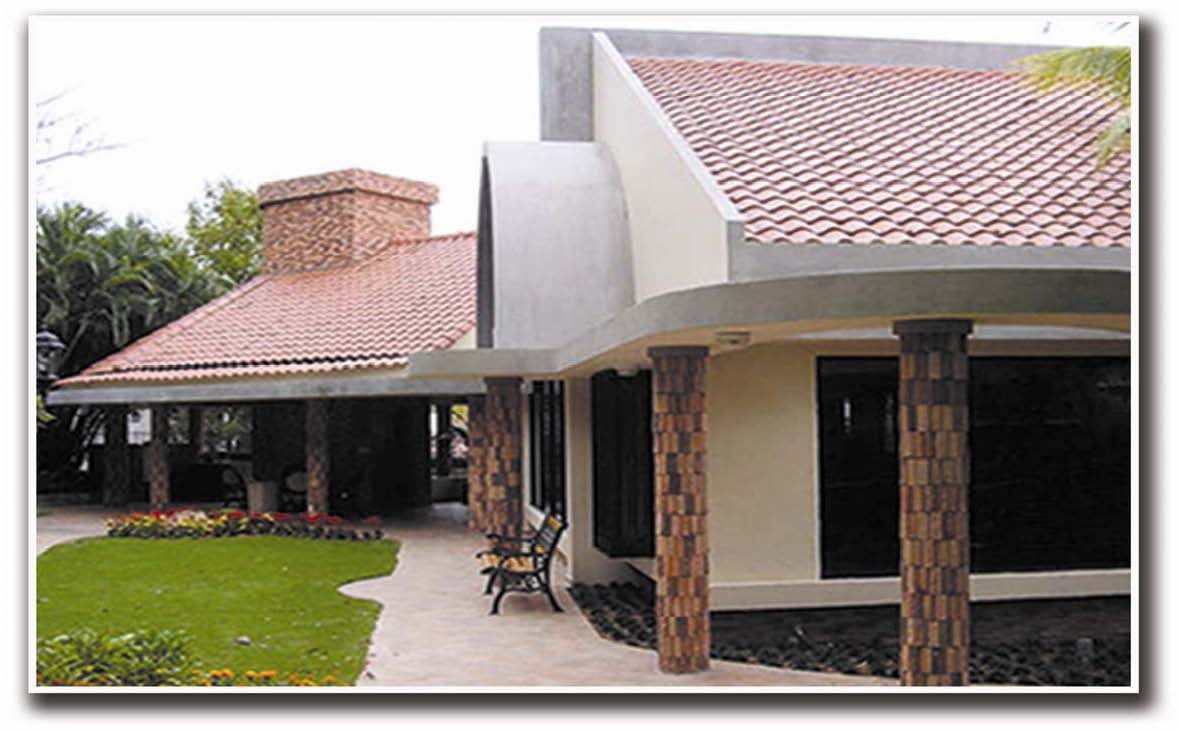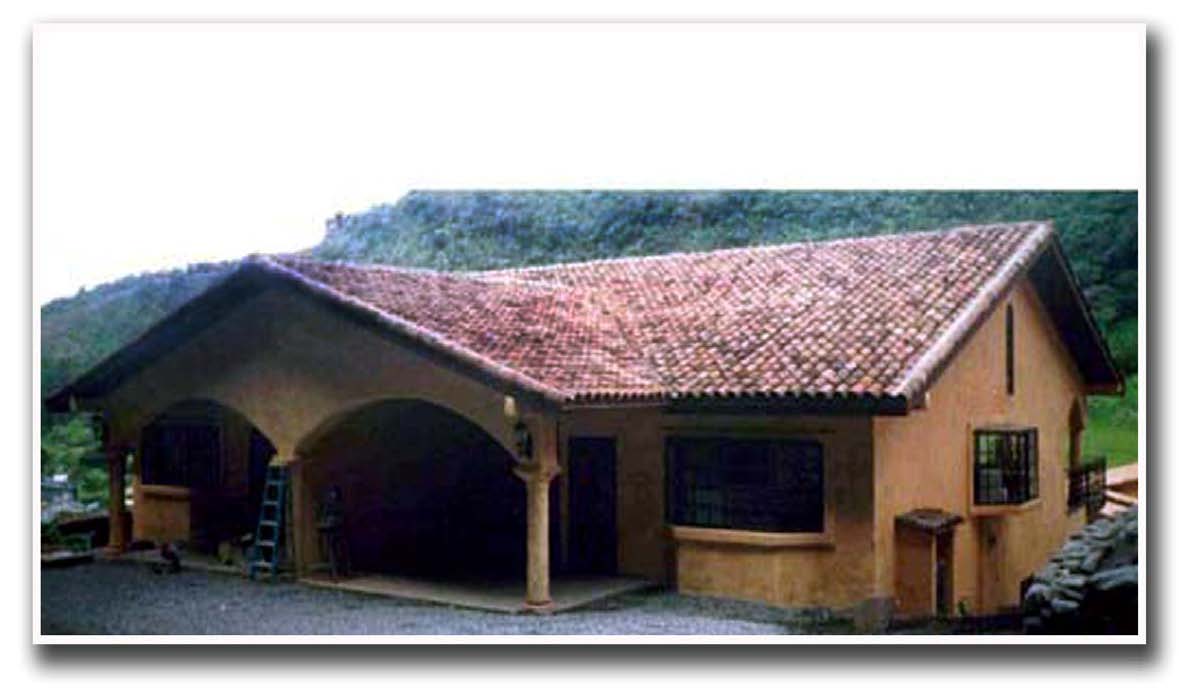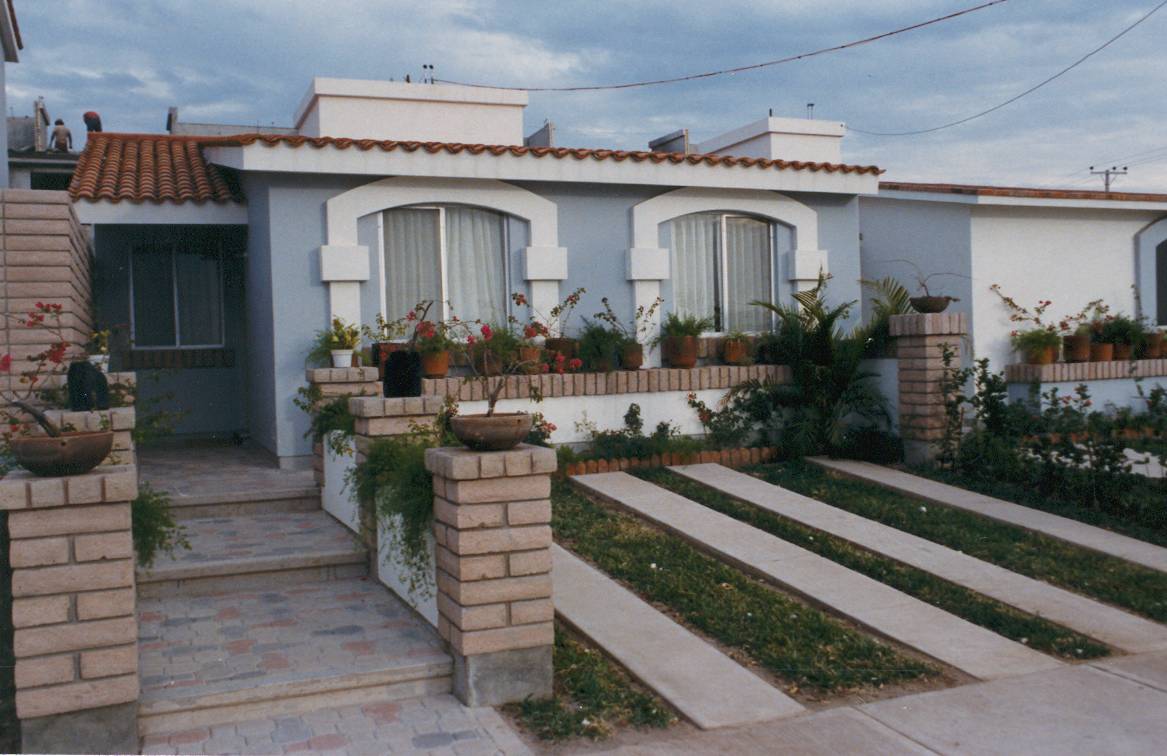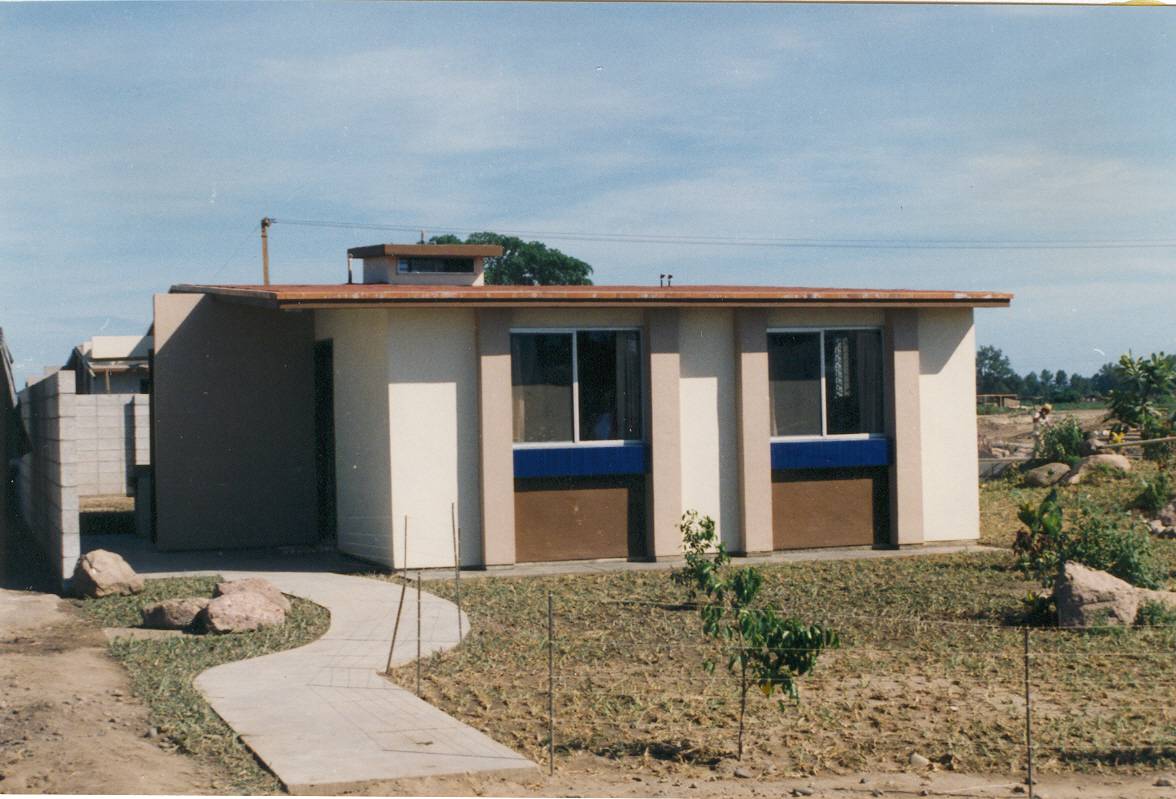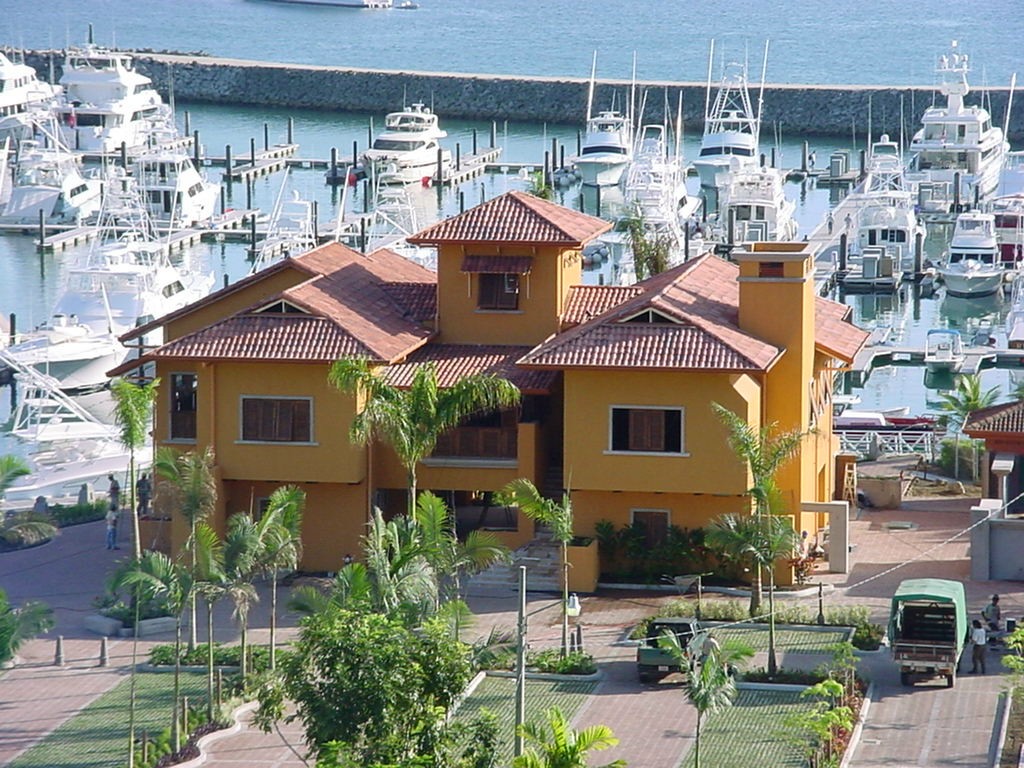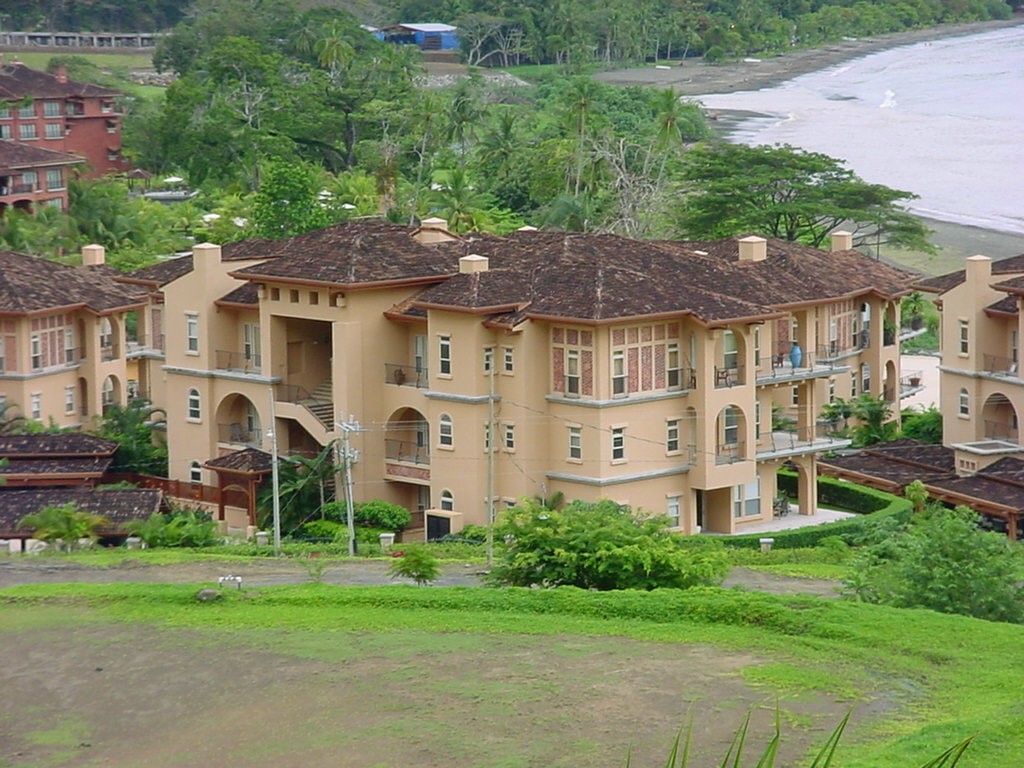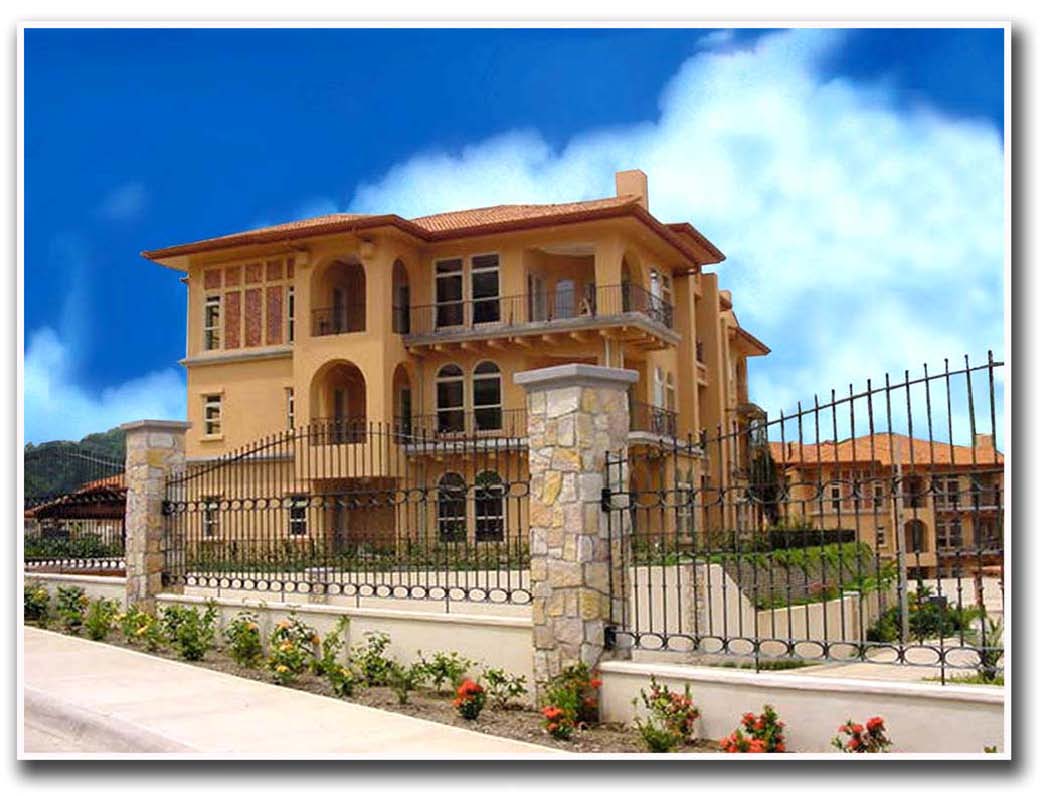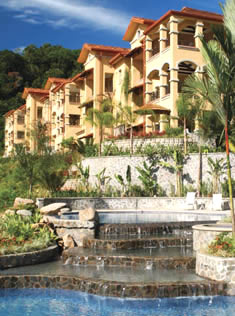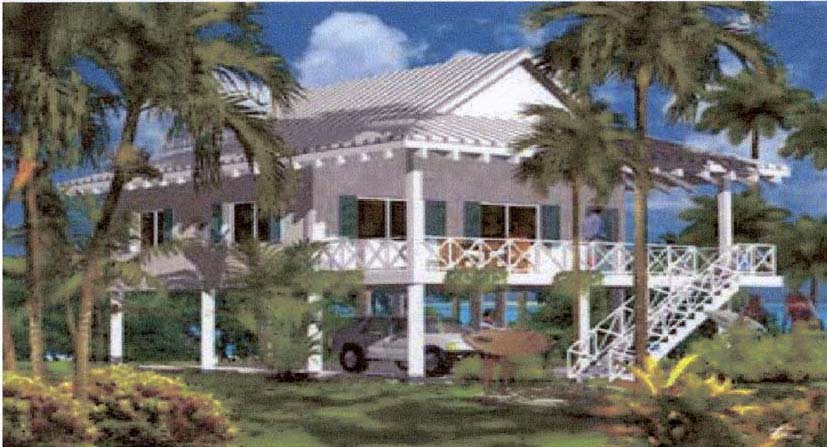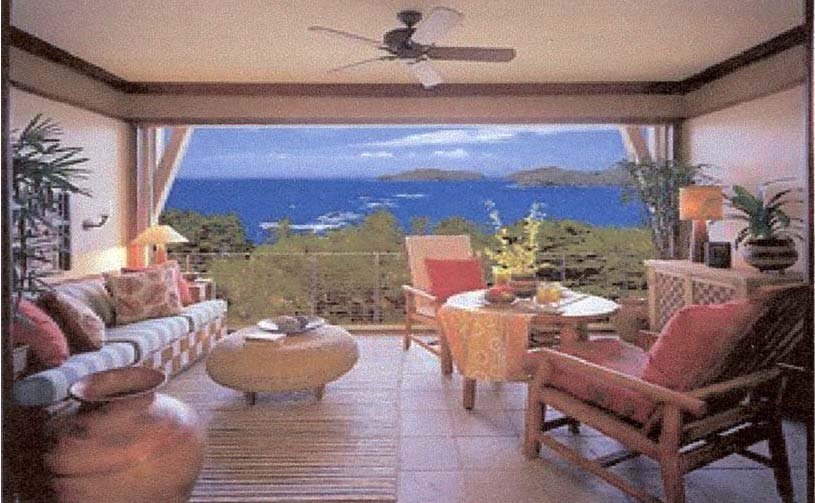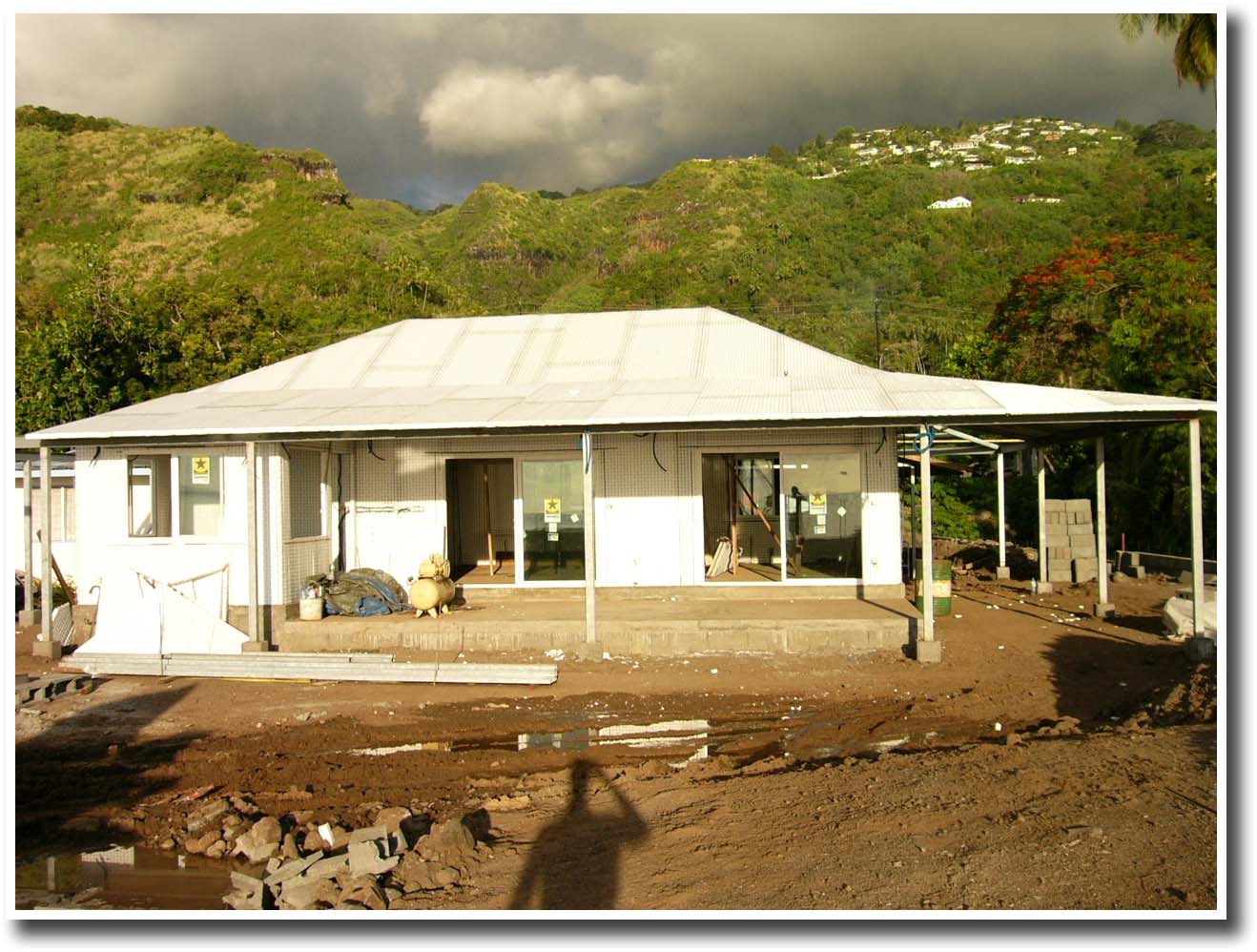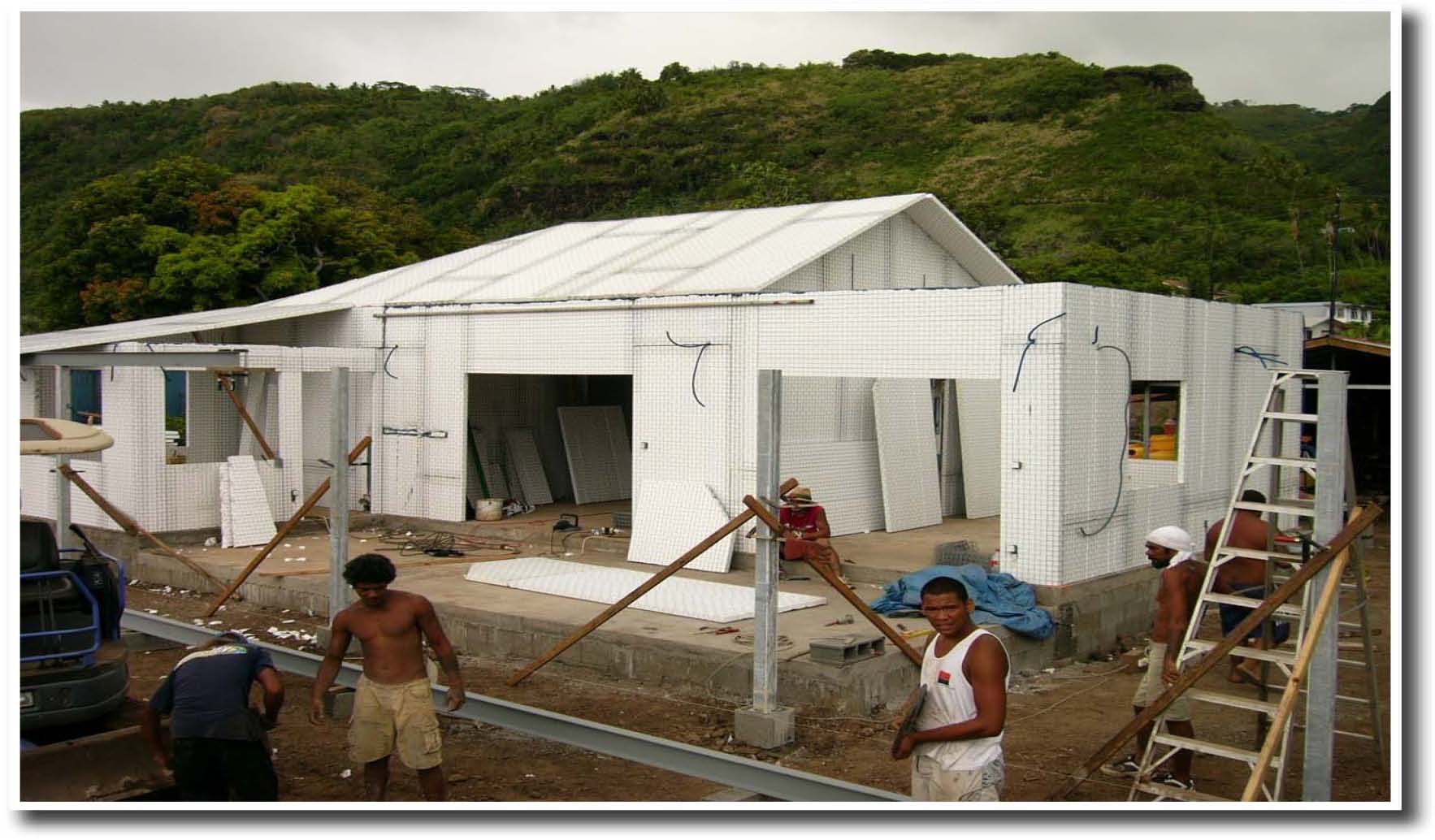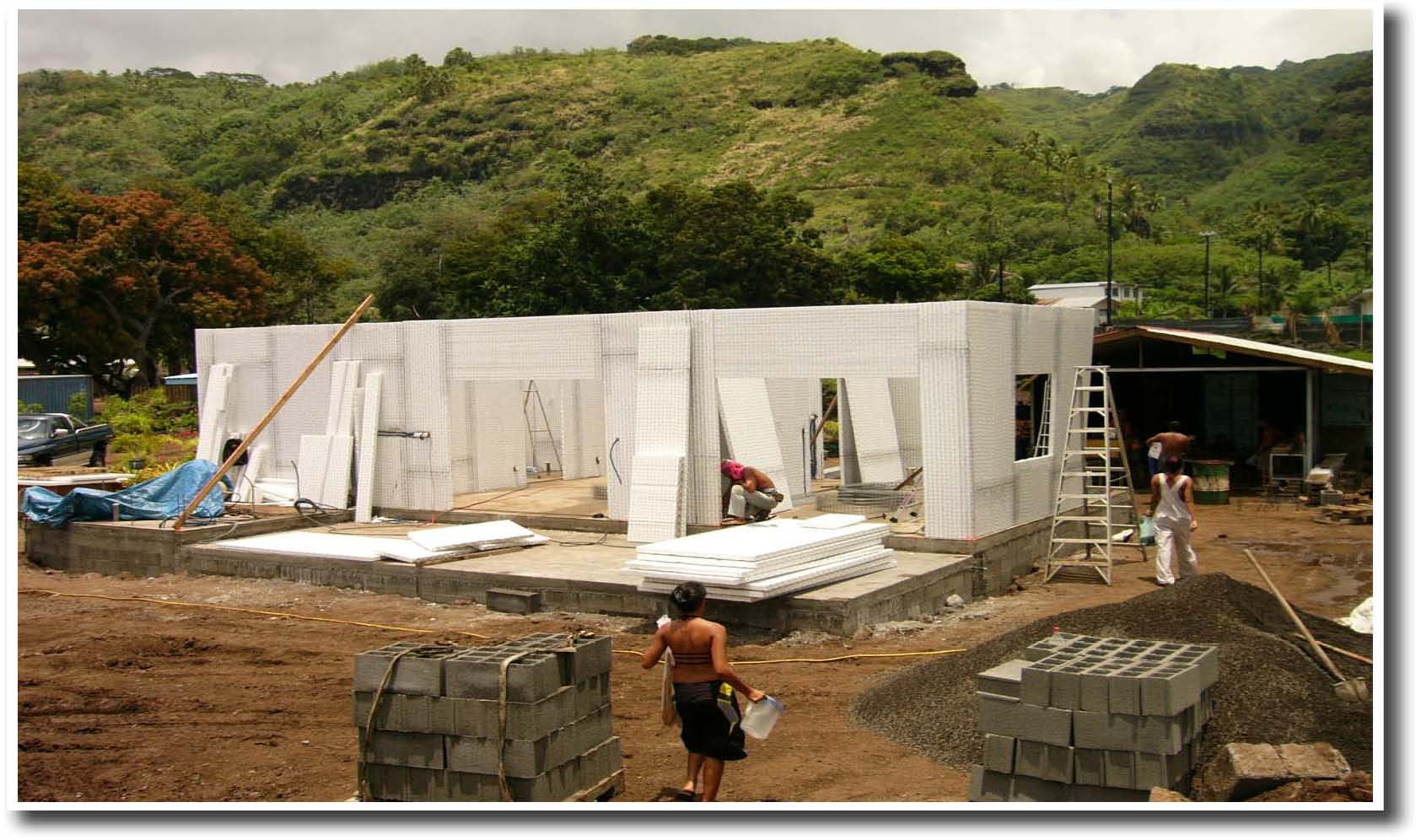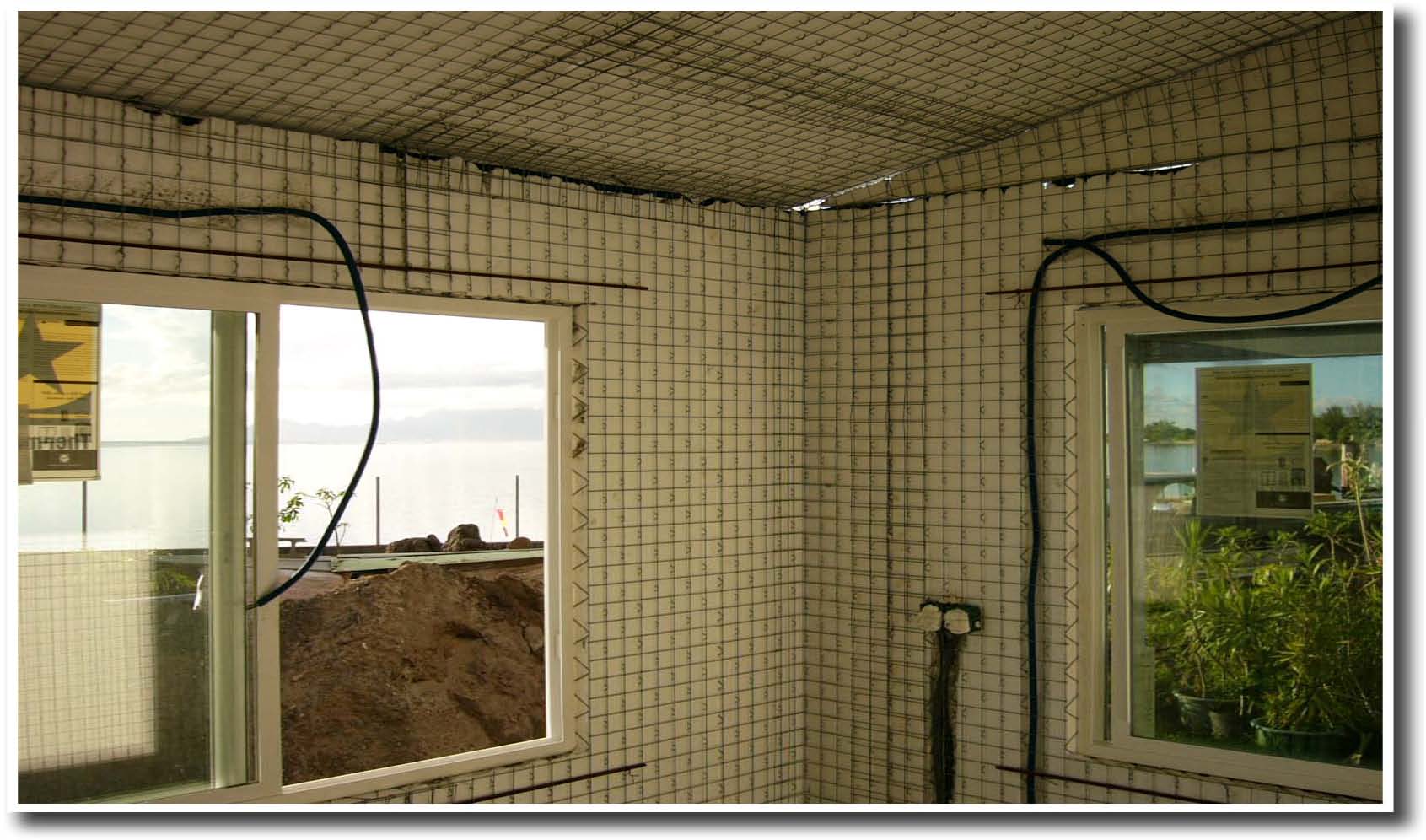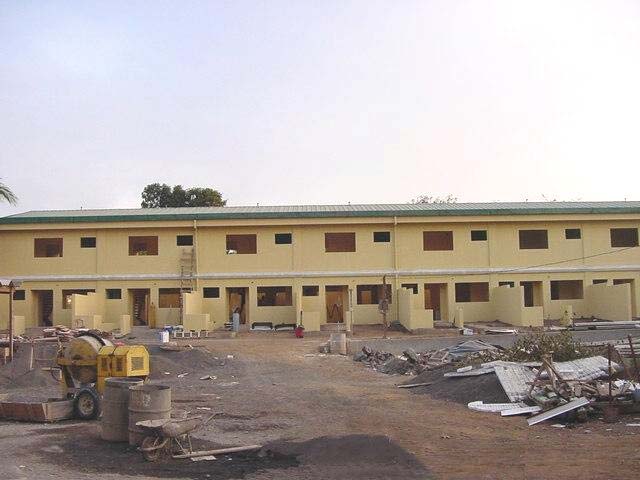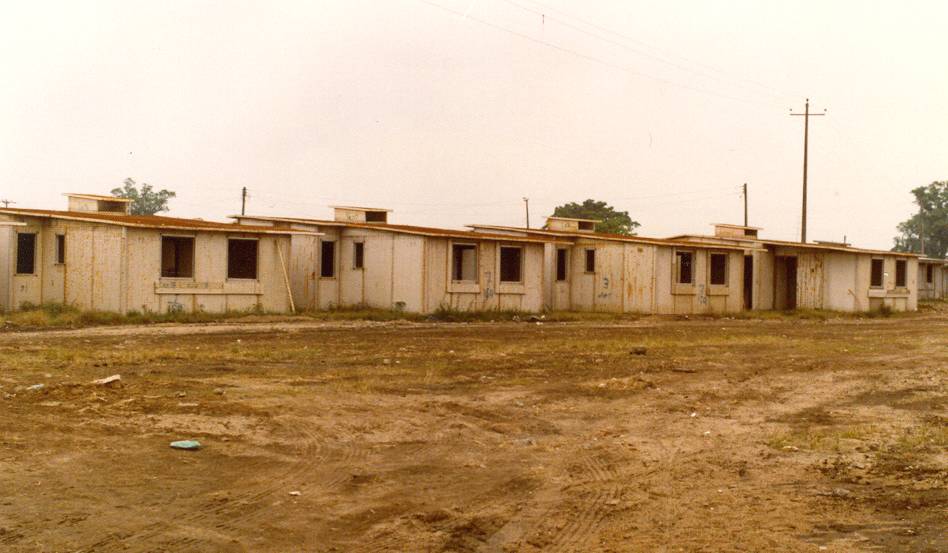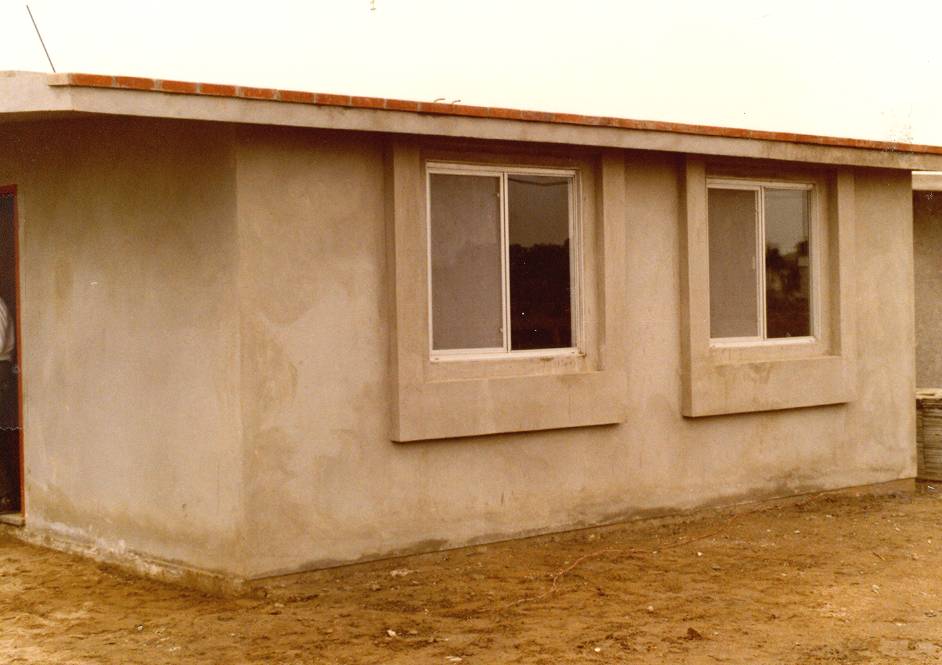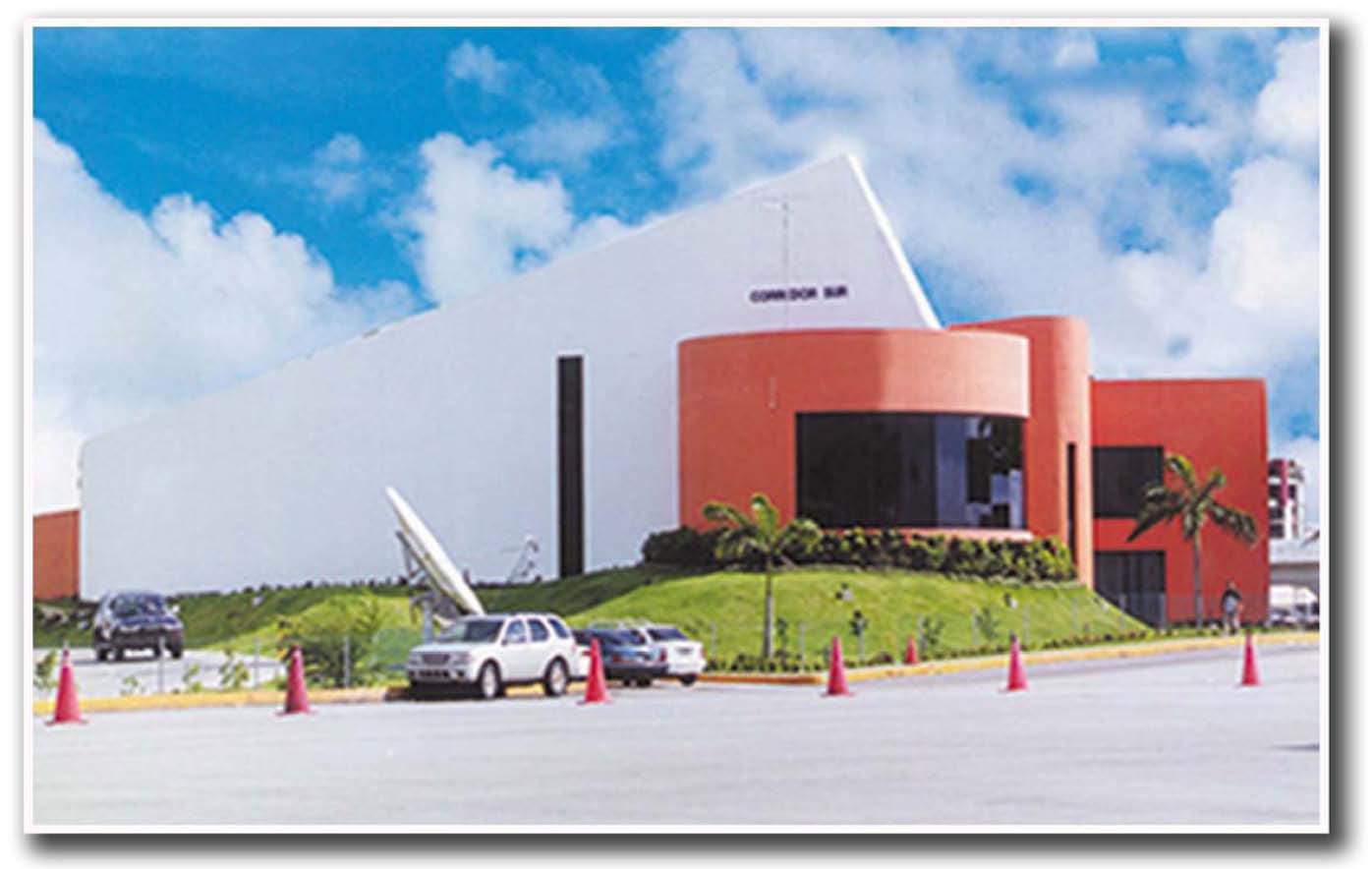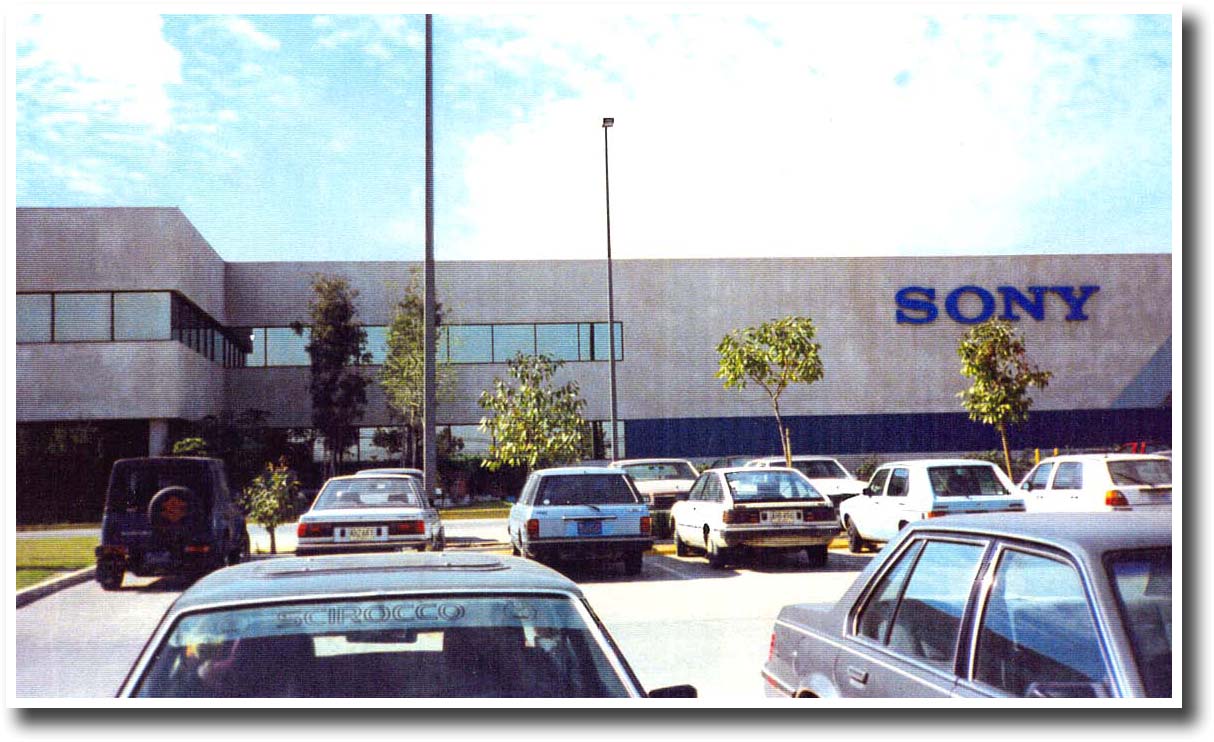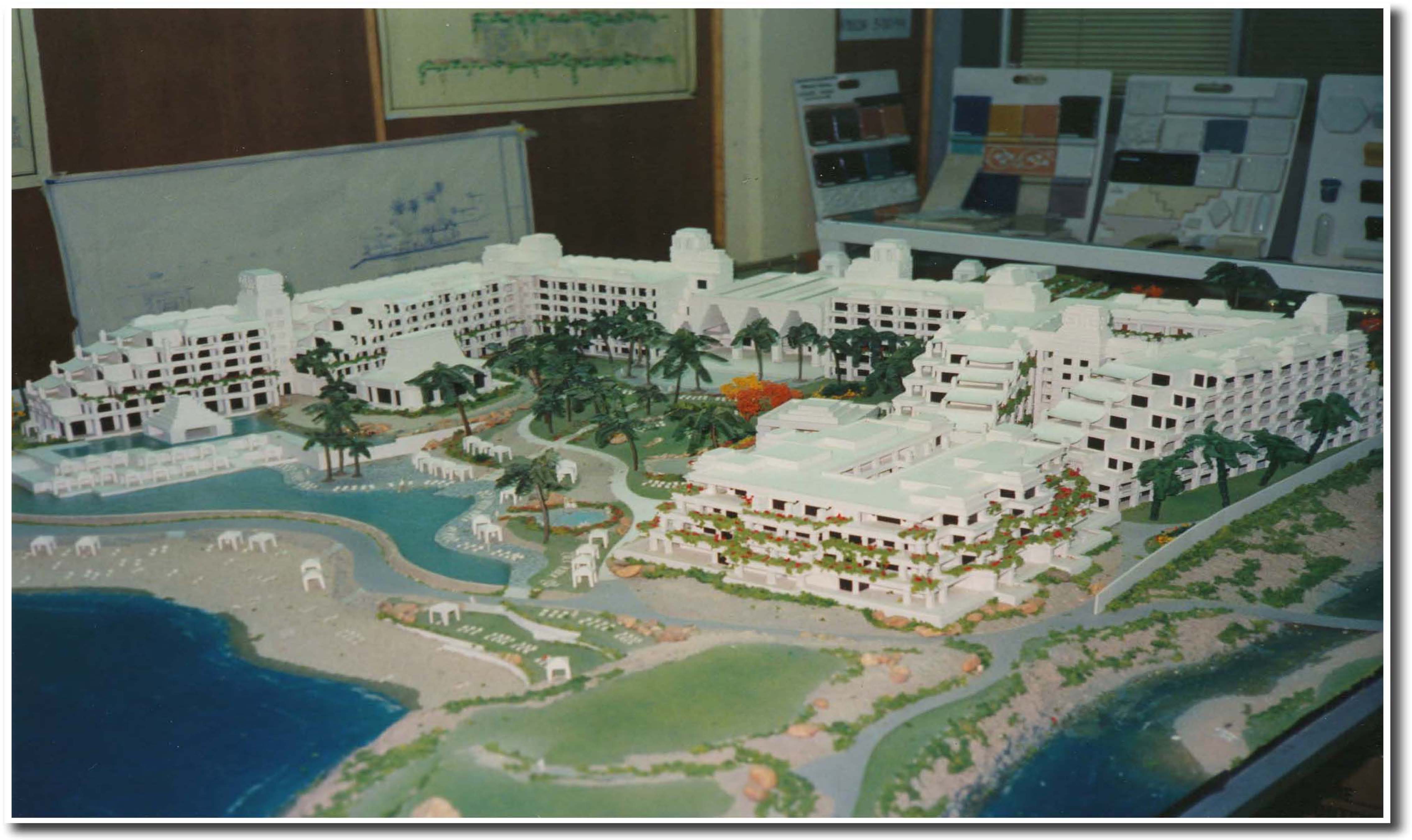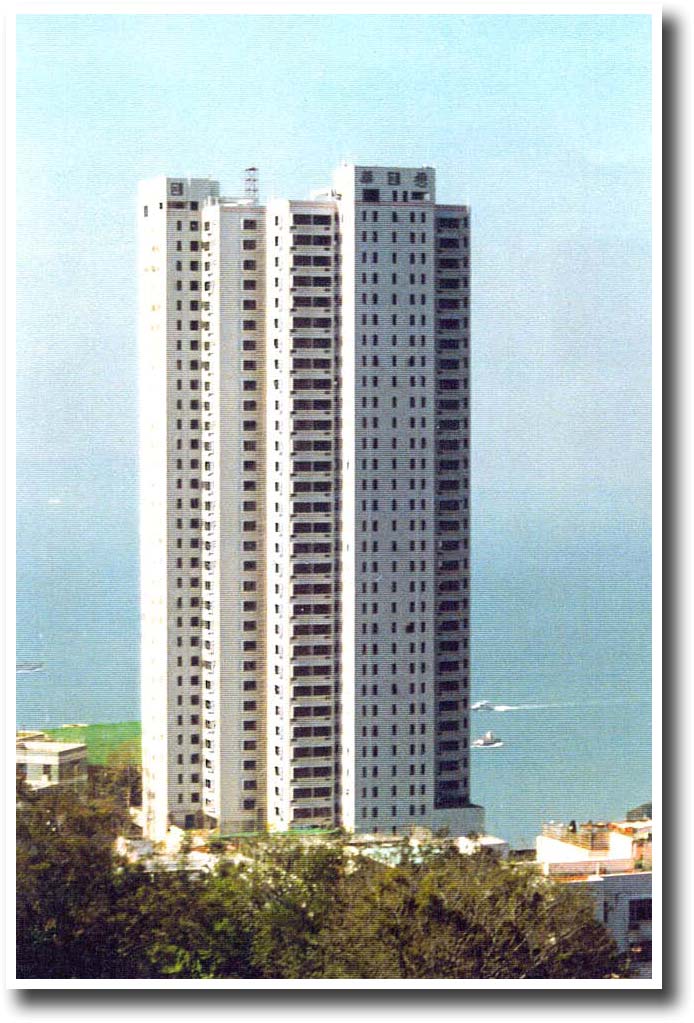Global Panel Solutions
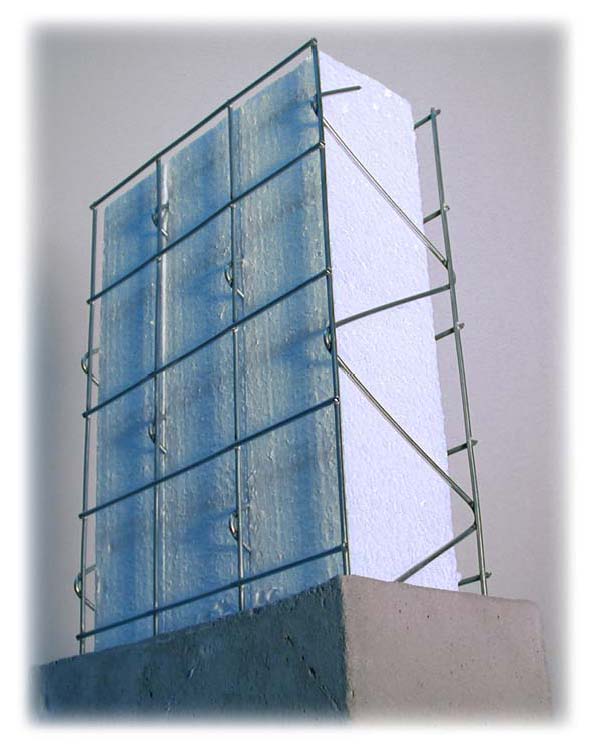
“Building Buildings That Last”
Welcome to Global Panel Solutions. Global Panel Solutions “GPS” was formed having been introduced to the space frame method of construction.
Natural disasters due to earthquakes, hurricanes, fires and other catastrophes of nature demand new systems that are technologically advanced that can withstand these natural disasters and are environmentally friendly. The exposure of toxic molds & fungi from conventional construction materials and methods necessitate an urgency to reliable alternative construction methods.
Global Panel Solutions shares with you a formless concrete building system providing benefits one would expect only applies to a custom design. Yet, our building system is simple in method allowing our system to be applied to any building project. Comprised of welded wire panels with a core of polystyrene insulation we are able to provide a super-strength monolithic structure.
Our panel system construction is truly without exception one of the most proficient methods of construction. Our system provides for resistance to nature’s terrors and the daily environmental challenges buildings endure while also providing additional resistances to mold, termites & fungi.
Our system is 50% faster than conventional construction with added savings in material raw costs and construction funding debt service.
Architectural benefits utilizing panel construction are virtually unlimited.
Having spent 20 years rebuilding homes that had deteriorated due to rot from water, termites, and mold and had sustained damage from earthquakes, our group made a decision to build buildings that last while preserving the environment at the same time.
GPS offers you a combined 50 years experience in the panel construction and building industry. Panel products offered have been perfected and are patented.
Take a few moments to review our unique building system and visit our website at
www.globalpanelsolutions.com
Annie Reynaud
info (at) globalpanelsolutions.com
6433 Topanga Cyn Blvd., #432
Canoga Park, CA 91303
U S A
(PH) 818.332.1440 (FX) 818.710.1952
Website: globalpanelsolutions.com
PRODUCT PROFILE
The GPS Building System is a tried and proven construction process utilizing space frame / concrete sandwich panel engineering technology. This construction process has evolved over the past 30 years, and has been perfected by the patented system.
The core foundation of the system is a welded wire space frame manufactured in variable wire gauges with insulating foam located in the middle of the panel. The panels are manufactured in four-foot widths and specific lengths as required for the application. Panel thickness is also variable to accommodate insulation requirements, load bearing capacities, and architectural design.
The wire/foam panels are installed at the project site to create load bearings walls, floors, and roofs as designed for the structure, and then coated with 1 ¼” of 2000 PSI Portland cement plaster. The finished product is a monolithic structure with no cold joints. This can be achieved by using a plaster gun, hand-trowled application, shotcrete, or gunite.
BENEFITS WITH USING GPS
Building construction costs are always a concern, and the GPS system is cost competitive against conventionial construction processes such as masonry block, wood-framed, poured in place concrete, and concrete tilt up. While the cost in place is competitive versus conventional means, the added benefits relate to exceptional total value.
Advantages to using G P S include:
- • Earthquake resistance – Seismic Zone 4
All of these benefits are achievable while also utilizing low cost skilled labor to construct the project. Low labor costs combined with competitive product costs result in an aggregate construction cost less than comparable methods while achieving a structure with a multitude of performance advantages.
Product Profile (continued)
PANEL CORE OPTIONS
GPS technology is capable of utilizing many different core materials specifically tailored to the end use of the product. For instance, exterior walls of homes may use insulating polyurethane foam in the core of the panel, while interior walls would use a low-density foam or other optional void core.
Typical panel core include:
- • High Insulation – wet foam urethane (R value = 6.8/inch)
GLOBAL PANEL SOLUTIONS APPLICATIONS
- • Load bearing walls, floors and roofs
The examples above represent applications that have been utilized for panel construction, and the list could easily be expanded with new applications. There are no relative constraints on the applications and usage of this building technology. The variable wire size, panel thickness, and panel length allow for significant versatility with design applications.
MANUFACTURING MACHINERY
G P S manufacturing machinery is compromised of a component-based system where additional manufacturing units can be added to increase product output as demand requires. The basic manufacturing module includes a wire truss machine and a panel assembly machine. Additional equipment can include a foam line for polyurethane (wet foam application) and /or hot wire cutting equipment for polystyrene (dry foam application). GPS will continue Research & Development to provide the most technologically advanced panel machinery for optimum panel application.
This type of construction originated on the light end of the scale using 14-gauge wire in 1”and 2”
thick panels. GPS will produce panels to 6” in thickness.
TRUSS MACHINE
G P S technology is capable of producing various truss configurations base on the engineering and design needs of the usage. There is considerable technology and data in-house which covers the various manufacturing methods and truss designs. This includes five wire 3-dimensional trusses and flat three wire warren trusses with both available in variable wire gauge combinations and truss dimensions.
Truss machines are designed to produce product from light wire to heavy wire combinations. This machine uses resistance welding to fabricate the wire trusses. One truss machine has the manufacturing capacity to produce product for 7,500 square feet of panel. This is achieved in a normal 8-hour work shift with one operator.
PANEL MACHINE
The panel utilizes the wire trusses mentioned above for the fabrication of 3-dimensional space frames. This production process can be easily defined, as two-plan wire mesh welders since cross wires are resistance welded to truss chords wires to form a grid. The truss web wires connect the two planes of mesh and provide the panel with its specified thickness.
Panels are manufactured in four-foot widths, with lengths up to 40 feet, and thick nesses from 3” to 6”. These dimensional variables are G P S standards, but the machinery can be modified to accommodate some dimensional requirements, which are different from these. The panel machine matches the production output of the truss machine with a one-shift capacity of 7,500 square feet of panel.
COMPLETED PROJECTS - SPACE FRAME PANEL CONSTRUCTION
Space frame panel construction has been in existence for over 30 years, with applications throughout the world.
United States
Residential Housing Developments – California
264-Fontana 126-San Bernardino
124-Sunnymead 138-Palm Desert
112-Lancaster 112-Santa Maria
107-Ontario 75-Rialto
40-Perris 35-Chino
21-Coachella 18-Victorville
18-Bakersfield 13-Sacramento
75-Chino Hills
74-Bungalow Units Warner Springs Ranch
Single-Family Homes: Industrial & Commercial Buildings: Prisons:
Sierra Madre, CA Atwater, CA Montgomery Co., MD
Santa Barbara, CA Apple Valley, CA Greenville, VA
Anza Borrego, CA Ramona, CA
Malibu, CA Palm Springs, CA
Palm Dessert, CA Orange, CA
Houston, TX Anaheim, CA
Key Largo, Fl Durango, CO
Palm Beach, FL West Haven, CT
Winterpark, FL Houston, TX
Hopedale, FL Rochester, NY
Homestead, FL
25 Homes Arizona Casa Grande, AZ
Palm Desert, CA
Castorville, CA
**Residential projects totaling approximately 100 units have been constructed by other builders in the states of Arizona, Colorado, Hawaii, Texas, Nebraska, Alaska & California
H U D approvals have been issued for panel construction in various areas
HABITAT FOR HUMANITY approvals have been issued for panel construction in various areas
Sound-Wall, Free-Standing Walls & Screenwall Projects:
Del-Mar, CA **Award – CalTrans “Millennium Wall Award”
Anaheim, CA
Chino, CA
Pomona, CA
Palm Springs, CA
Riverside, CA
Coral Springs, FL
Pompano Beach, FL
Englewood, CO
International
- • Saudi Arabia: 35,000 sq ft factory building with 60 ft clear span roof (folded plate design)-600 homes at Camp 10 Jabail
35-storey Residential Bldng
Hong Kong Housing Authority Bldng
Ningbo Hotel
Talien Int’l Hotel
Hong Kong Television Company Bldng
Approximately 5,000 houses constructed to date
Approximately 3,000 panels used to replace damaged walls in Mexico City damaged in September 1985 earthquake
Agency approvals for all areas referenced are in place for continued use of space-frame panel construction.
Disclosure: The aforementioned projects are a compilation of completed projects by different builders utilizing the space-frame panel construction. GPS does not represent to have built all of these referenced projects.
A TRUE STORY
THE SIMPLICITY OF BUILDING A PANEL HOUSE
In the jungles of South America Natives leave their villages with hand-made goods and come by river in a dugout canoe with the objection to use the Native hand-made goods for barter.
The Natives barter for cement and money to purchase panel product.
The cement is loaded into the canoe (as much as the canoe will carry without sinking) the panel product is double-banded and tied behind the canoe to floating in the water.
The Natives return to their villages, erect the panel, hand mix the cement, apply to the panel.
When they are finished, they have constructed a reinforced, monolithic, insulated structure.
These structures are capable of withstanding torrential rain, harsh sun and other varied elements of nature for many years to come.
NOTE: If we were to relate these structures to a Fleetwood type trailer home being placed in these environments, the trailer would deteriorate within 3 years time.
Environmentally we use the elements to their highest and best use forming a composite and using a minimum of those elements.
Since we only use a 4:1 mix of cement, this provides for a mere 2” of structural concrete required for the structure.
Hurricane Andrew
Photographs
Housing – Homestead, Florida
The following photographs show a panel-constructed home in Homestead, Florida after Hurricane Andrew in 1992. This home utilized panel constructed methods for all of the walls and the roof.
Wind velocities exceeded 160 mph in this area literally destroying conventionally built homes surrounding the panel home. The panel walls and roof held without any structural damage, loosing only the roof tiles.
The home was completely habitable following the hurricane.
Housing Damage - Post Hurricane Andrew, Florida 1992
Wind Velocity exceeding 160 MPH
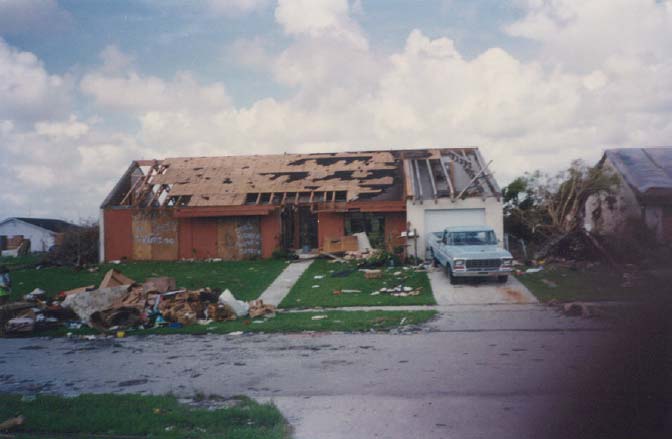
Conventional Wood Frame Home – Destroyed, Uninhabitable
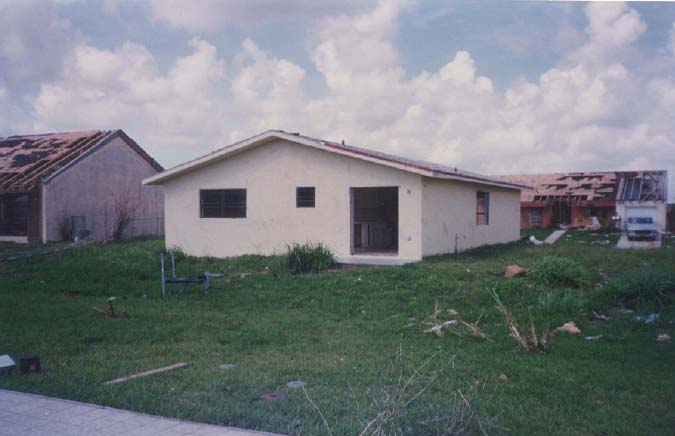
Panel Constructed Home – Intact - Habitable
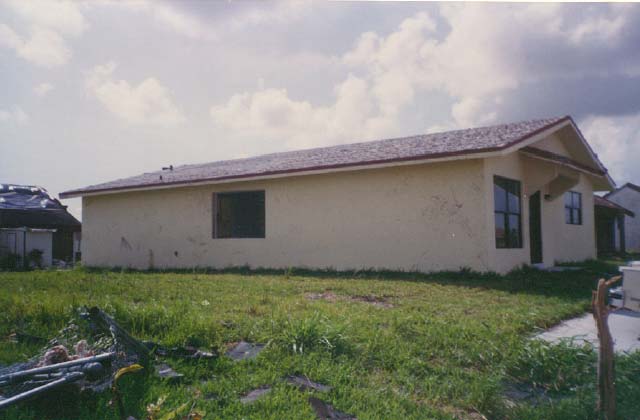
Panel Constructed Home – Fully Habitable
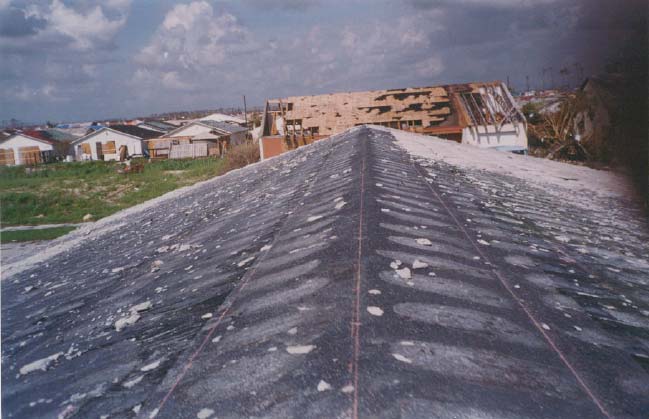
Storm Damaged Neighborhood, Homestead, Florida
Panel Constructed Home with Roof Structure Fully Intact
Only Missing Roof Tiles
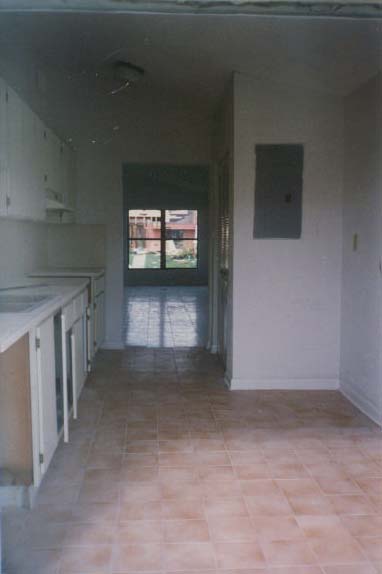
Panel Constructed Home
Interiors Fully Intact
Cabinetry & Tile Undisturbed
Doors & Windows Intact
Habitable
